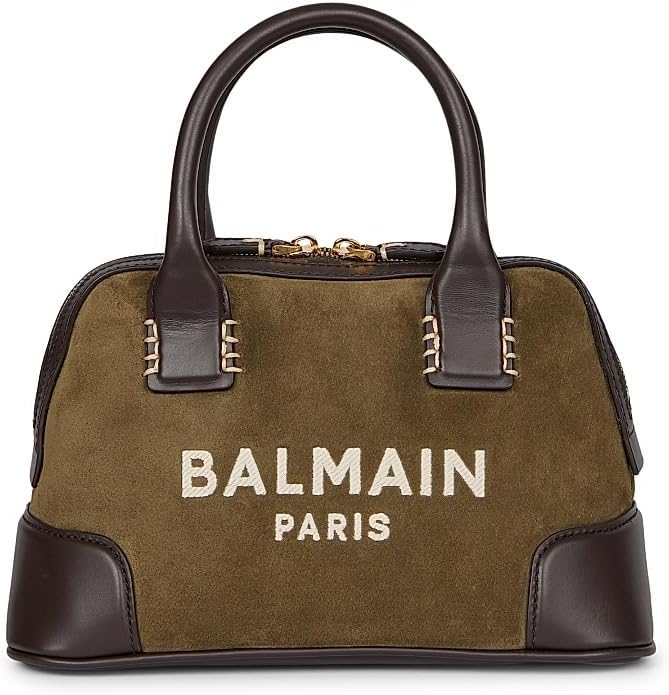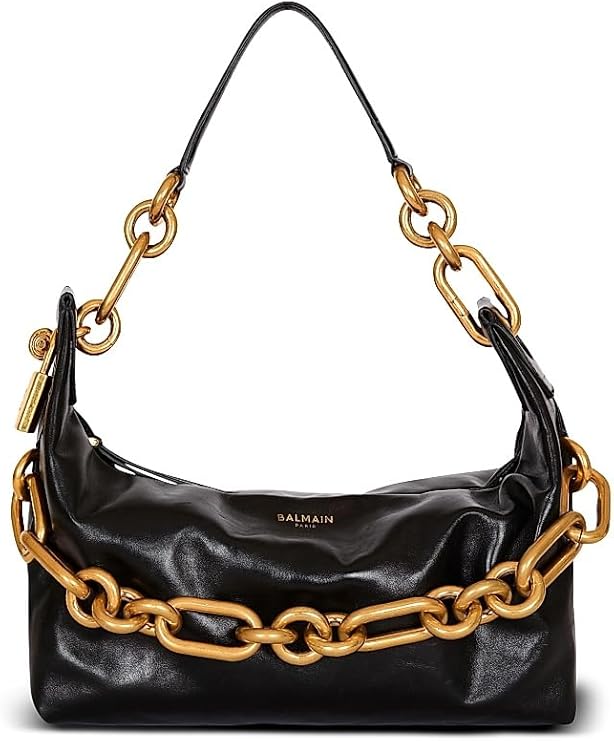The Origins of Stone Island: A Brief History
Stone Island was founded in 1982 by the innovative designer Massimo Osti, who sought to challenge conventional norms in the fashion industry. Drawing upon his background in textiles and a profound interest in military and industrial clothing, Osti envisioned a brand that would merge functionality with avant-garde design. One of the distinctive features that characterized Stone Island from its inception was the revolutionary approach to garment dyeing, a process that allowed for a unique color palette and varied textures not typically found in traditional fashion. This technique involved dyeing the finished garment rather than the fabric, resulting in a more dynamic and rich visual aesthetic.
The brand quickly distinguished itself as a technical fashion icon, appealing to both style-conscious consumers and those drawn to functionality. Osti’s commitment to utilizing advanced materials and innovative production techniques paved the way for Stone Island to create apparel that could withstand the rigors of everyday wear while maintaining an element of high fashion. The use of durable fabrics, such as nylon and polyester, combined with breathable technology, positioned Stone Island at the forefront of the growing demand for performance wear in urban environments.
In its early years, Stone Island developed a strong identity within the streetwear scene, particularly in Europe. The brand’s designs were characterized by their military-inspired aesthetics, versatility, and technical prowess. The iconic logo, a compass rose, became a symbol of authenticity and craft, resonating with consumers who valued quality and innovation. This unique placement within the market allowed Stone Island to not only exist as a fashion label but also to become a cultural touchstone for those who appreciated its practical yet chic approach to clothing. As the brand evolved, it continued to be influenced by contemporary art and culture, further solidifying its status as a pioneer in technical fashion.
The Signature Techniques: Garment Dyeing and Beyond
Stone Island has distinguished itself in the fashion industry through its pioneering techniques, particularly its unique approach to garment dyeing. This process involves dyeing the finished garment rather than the fabric pre-production, allowing for a multitude of hues and uncontrollable color results. The outcome not only enriches the visual appeal of the clothing but also highlights the texture and intricacies of the designs. Each piece emerges as a one-of-a-kind item, thereby enhancing the brand’s reputation for originality and craftsmanship.
The brand’s dedication to innovation extends beyond garment dyeing. Stone Island has embraced advanced performance fabrics, which are chosen for their durability and functionality. These materials are engineered to withstand various environmental conditions, making the garments not only stylish but also practical. For instance, the incorporation of water-repellent and breathable fabrics ensures that wearers remain comfortable, no matter the weather. This focus on utility is a hallmark of Stone Island’s identity, merging high fashion with everyday wear.
In addition to fabric advancements, Stone Island continually experiments with various textile treatments. Techniques such as resin coating and the use of reactive dyes contribute to the garments’ unique finishes and textures. The brand’s willingness to push boundaries has resulted in constant evolution within its collections, drawing in both fashion enthusiasts and practical users alike. Through meticulous experimentation, Stone Island consistently delivers innovative apparel that marries functionality with striking aesthetics.
In summary, Stone Island’s signature techniques, especially its garment dyeing process, play a pivotal role in establishing the brand’s legacy in the fashion world. By integrating cutting-edge materials and treatments, the brand not only emphasizes its commitment to quality but also enhances the technical aspects of its garments, making them a favorite among sophisticated consumers.
The Compass Badge: A Symbol of Identity and Community
The Compass Badge has become an essential emblem in the lexicon of streetwear, particularly within the Stone Island brand. Established in 1982, this distinctive logo not only adorns the garments but also signifies a deeper connection to authenticity and community among its wearers. The design of the badge features a compass surrounded by distinct colors that symbolize exploration and a global reach, resonating with a collective identity that fans of the brand proudly embrace.
Originally designed to represent the innovative spirit of the brand, the Compass Badge quickly evolved into a hallmark of both quality and craftsmanship. The use of materials and craftsmanship that Stone Island employs has consistently set it apart from other brands in the fashion industry, further enhancing the badge’s association with elite craftsmanship. As individuals don the Compass Badge, they not only wear a garment but also embody the values of technical innovation and a commitment to style that the brand epitomizes.
The significance of the badge extends beyond mere aesthetics; it fosters a sense of belonging within the Stone Island community. As fans of this iconic label connect over shared experiences and mutual appreciation, the badge serves as a symbol of their collective identity. The presence of the Compass on jackets, sweaters, and accessories has become a marker of loyalty among those who appreciate the dedication to design and performance. It represents a commitment to a lifestyle characterized by exploration and the pursuit of individuality.
Consequently, the Compass Badge has transcended its role as a mere logo; it has carved its niche as an emblem recognized globally, uniting wearers under the banner of Stone Island. Through its evolution, it has garnered respect, authenticity, and a strong community that continues to embrace the distinctive aesthetics and values associated with the iconic fashion brand.
Crossover Appeal: From Streetwear to High Fashion
Since its inception in 1982, Stone Island has masterfully traversed the boundaries of streetwear and high fashion, evolving into a multi-faceted brand that resonates across diverse fashion segments. This transformation can be attributed to the brand’s innovative approach to materials and design, as well as its ability to adapt to shifting cultural landscapes. Stone Island’s signature use of dyeing techniques and fabric development has captured the attention of both casual streetwear enthusiasts and high-end fashion connoisseurs.
Collaborations have played a significant role in amplifying Stone Island’s crossover appeal. Partnering with established luxury brands and renowned designers allowed Stone Island to extend its reach while maintaining its core identity. The successful collaboration with Nike, for example, introduced technical aesthetics to mainstream athletic wear, effectively bridging the gap between urban style and luxury fashion. Such strategic partnerships have not only bolstered the brand’s reputation but have also showcased its versatility in various fashion contexts.
The influence of celebrity endorsements cannot be overstated in Stone Island’s rise to prominence. High-profile figures, including musicians and actors, have embraced the brand, elevating its status within popular culture. Iconic images of celebrities donning Stone Island apparel in various media contexts reinforced the brand’s image as synonymous with both street credibility and sartorial sophistication. This dual appeal has allowed Stone Island to cultivate a dedicated following among diverse consumer demographics.
Fashion events also contribute significantly to the brand’s reputation, where Stone Island often features prominently. Its presence at major events not only highlights its commitment to innovation but fosters connections with fashion influencers and industry leaders. Reflecting on the current trends, Stone Island continues to adapt, remaining relevant in a landscape where streetwear and high fashion increasingly intersect. Its future trajectory suggests a promising evolution, guided by innovation, collaboration, and a firm grasp of contemporary cultural dynamics.














